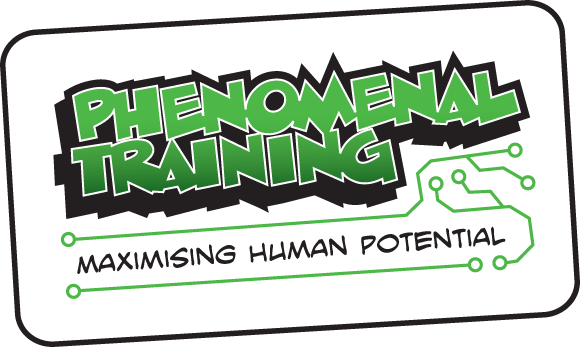“Every year I have put that Rudolph Reindeer decoration on my wife’s grave and for six Decembers now, that same AAA battery has kept the lightbulb going through the day and night”
Like many unplanned conversations with neighbours, colleagues and acquaintances, this one floored me in its beauty and simplicity. The sense of comfort we get from things that remind us of lost loved ones and keep our stored memories alive.
The person may no longer be here, but that piece of technology lives on to represent the meaning that person brought to us. Unlike a robot, every human life is unique and the reason life is so precious is that we all know, deep down, the same uncomfortable truth; at some point it will end.
Technology has transformed the way that we lead our lives today, so how is tech changing the way we deal with our death?
Humans are the only species known to be conscious and aware, and major downside of this is dealing with the knowledge that, on some unknown day, it will all end. This is a harsh reality to compute.
Our mortality could explain why the virtual world is so attractive to us. It’s a 2D version of life, meaning we don’t have to suffer the discomfort of the 3rd and 4th dimension. That hot selfie is timeless and you can’t see the tummy that’s being sucked in…
The selfie has become the ultimate self-expression of a key moment in life. Last year the world uploaded 24 billion selfies on to Google? That’s over 3 times the total world living population. How many of those people are still alive today? A recent article looked to predict the moment at which the number of dead people on Facebook will outnumber the living. With 1.5 billion users now, it has been predicted that 2098 is this year this will happen.
This issue particularly resonates with me because a few weeks ago LinkedIn inadvertently delivered a nasty shock when it invited me to congratulate my friend on reaching her six-year work anniversary. My heart initially leapt as I saw the familiar face of a real friend pop up on my phone screen, followed immediately by an overwhelming sense of loss.
The sad reality is that my dear friend passed away in Spring 2016, just one week after her 35th birthday. But the algorithms running the automated reminder script have kept on regardless.
LinkedIn is the world’s biggest business/work platform, so I was in a different mindset from when I have received similar reminders via FaceBook. I didn’t know how to respond. So I just deleted it, had a cry and made an online donation to Cancer Research. I also got on the phone to the doctors and finally sorted out various immunisations and routine tests etc. Body admin. #Bodmin
So as more of our life is curated online, how would a piece of AI logic look at how to best spend a life? I’m currently reading Ray Kurzweil’s’ How To Create A Mind’.
Ray is Chief Engineering Director for Google, a company which has the goal to organise the world’s information and knowledge. His book explains how human thought happens within our unique neocortex part of the brain and how computers have been designed using a similar structure e.g. neural networks etc. Except the internet NEVER forgets.
So, if you were feeling a bit lost about life one day and wanted a piece of AI to tell you what to do, then my basic understanding is this: it would process a whole load of yours and others’ life data, using a silicon version of a brain to process all that information from a rational perspective. And then it would make a ‘least worst’ prediction for you. Imagine that on your deathbed “In summary? I led the least-worst life that I could”…
We may not all watch the same TV anymore, but death and taxes affect us all and help create bonds around that water cooler. Thankfully, I have not as yet received an unwanted letter with an NHS logo, but I did receive an unplanned hefty tax bill from HMRC last week…
So whilst I enjoy absorbing lofty articles about trans-humanism and extending human lifespan, surely a ‘least worst’ way to run a life programme is to prioritise and execute decisions that are grounded in the reality. Finally, in the words of Benjamin Franklin in 1789;
“Our new Constitution is now established, and has an appearance that promises permanency; but in this world nothing can be said to be certain, except death and taxes.”
The robots are coming…do something that breaks a pattern, for this is what forms memories
Laura x




Leave A Comment